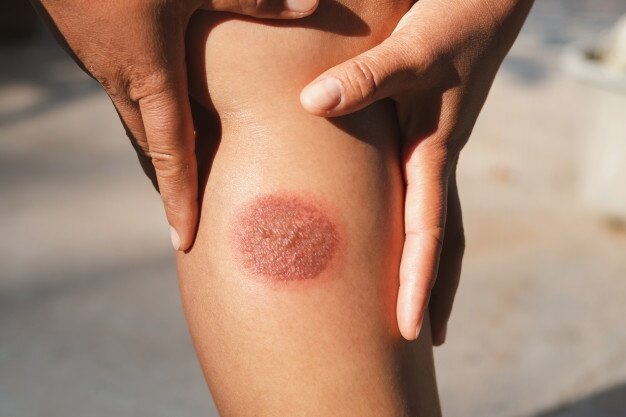Most minor burns can be treated at home. They usually heal within a couple of weeks.For serious burns, after appropriate first aid and wound assessment, your treatment may involve medications, wound dressings, therapy and surgery. The goals of treatment are to control pain, remove dead tissue, prevent infection, reduce scarring risk and regain function.
Cool the burn.
Hold the burned area under cool (not cold) running water or apply a cool, wet compress until the pain eases. Don't use ice. Putting ice directly on a burn can cause further damage to the tissue.
Remove rings or other tight items.
Try to do this quickly and gently, before the burned area swells.
Don't break blisters.
Fluid-filled blisters protect against infection. If a blister breaks, clean the area with water (mild soap is optional). Apply an antibiotic ointment. But if a rash appears, stop using the ointment.
Apply lotion.
Once a burn is completely cooled, apply a lotion, such as one that contains aloe vera or a moisturizer. This helps prevent drying and provides relief.
Bandage the burn.
Cover the burn with a sterile gauze bandage (not fluffy cotton). Wrap it loosely to avoid putting pressure on burned skin. Bandaging keeps air off the area, reduces pain and protects blistered skin.
Take a pain reliever.
Over-the-counter medications, such as ibuprofen (Advil, Motrin IB, others), naproxen sodium (Aleve) or acetaminophen (Tylenol, others), can help relieve pain.
Consider a tetanus shot.
Make sure that your tetanus booster is up to date. Doctors recommend that people get a tetanus shot at least every 10 years.

